How’s your knowledge of skincare acids? If it’s a little patchy here and there, we’ll forgive you because the acid skincare scene is constantly changing.
Do you know why that this? We do, it’s basically because there are new skincare wonder ingredients popping up left, right and centre, and unless you’re the skincare police, it’s a bit of a mission (albeit fun mission) to keep tabs on them all.
One area that
always seems to be welcoming a new kid on the block, is skincare acids. Salicylic acid, hyaluronic acid, lactic acid, citric acid, glycolic acid, azelaic acid, ascorbic acid, it’s a long old list that just keeps on getting longer…
Ascorbic acid (AKA Vitamin C)
Use it if your skin: Needs brightening, protection from the sun or pollution (free radicals).
This acid has antioxidant properties, can help soothe skin and improve the signs of ageing. When mixed with other antioxidants, it can reportedly achieve standout results. And when higher concentrations of it are applied, such as 15% and 20%, it can be highly effective at evening skin tone.
1
Azelaic acid
Use it for: Reducing the appearance of acne inflammation, unblocking pores, and cleansing skin.
Bizarrely, azelaic acid actually happens to be found naturally in grains, such as barley, wheat and rye. It has antimicrobial and anti-inflammatory properties, which make it particularly effective for calming skin conditions, such as acne and rosacea. It helps clear pores and supports healthy cell turnover.
2
Lactic acid
Use it to: Exfoliate and brighten skin, improve skin texture.
Lactic acid is particularly effective at tackling hyperpigmentation, age spots and other skincare issues that can cause skin to look dull and uneven. Lactic acid is in a group of anti-aging ingredients called Alpha-Hydroxy Acids (AHAs), which include glycolic acid and citric acid. Meanwhile, it can help improve skin tone and reduce the appearance of pores. It’s also milder than some of the other AHAs in the gang.
3
Citric acid
Use it to: Exfoliate and brighten skin, improve skin texture.
Another AHA, citric acid is extracted from citrus fruits (hence the name) and used to change the pH levels of products to prevent them from being too alkaline. When applied to skin, it can help exfoliate skin and is said to be gentler on the skin than lactic acid or glycolic acid.
4
Glycolic acid
Use it to: Exfoliate and brighten skin, improve skin texture.
Another acid on the AHA list, glycolic acid is a big-time exfoliator. It works by shedding dead skin cells and uncovering newer, brighter cells on the outermost layer of the skin. And because it’s made up of smaller molecules, it can penetrate better, promote collagen production and minimise the appearance of fine lines and wrinkles in the process.
5
Hyaluronic acid
Use it if your skin: Looks dull and is starting to show some signs of ageing (wrinkles and fine lines).
Hyaluronic acid, also referred to as hyaluronan or HA, is a clear, gooey substance that happens to be naturally produced by our bodies. But, as we get older, our bodies produce less of it and this is where taking HA supplements or applying it topically can help. When applied to skin, hyaluronic acid serums can reduce the appearance of wrinkles, redness and dermatitis.
6
Salicylic acid (AKA Beta Hydroxy Acid)
Use it for: Unblocking pores, oily and acne-prone skin.
Salicylic acid can work wonders with problem skin, mainly because it works by dissolving the skin debris that can clog pores and cause breakouts. It’s particular effective at combating blackheads and whiteheads and can also help regulate skin cells.
7
How to introduce acids into your skincare routine
Has the rundown above given you a taste for giving acids a go? On the whole, as with trying all skincare products for the first time, it’s best you try and select one based on your skin type and, once you’ve found one, always follow the instructions (no matter how desperate you may be to see results!)
The rule of thumb with skincare acids is: Start slowly and gradually build up to using more of them. Use them once a week after you’ve cleansed and before bed, with a view to using them daily at night and then every day, twice a day. Always keep a close eye on how your skin’s reacting and ease off if you feel they may be irritating your skin. Best of luck!
In the meantime, for more on HA, check out this article, ‘
A quick guide to hyaluronic acid.’
Shop face oil & serum
Last updated: 31 July 2020
Sources
1
https://www.paulaschoice.com/ingredient-dictionary/antioxidants/ascorbic-acid.html
2 https://www.healthline.com/health/azelaic-acid-acne
3 https://www.healthline.com/health/beauty-skin-care/lactic-acid-peel#:~:text=Lactic%20acid%20is%20specifically%20used,acid%20is%20a%20bit%20milder.
4
https://www.paulaschoice.com/ingredient-dictionary/uncategorized/citric-acid.html
5
https://www.glamour.com/story/glycolic-acid-what-does-it-do
6 https://www.healthline.com/nutrition/hyaluronic-acid-benefits#section1
7
https://www.allure.com/story/what-does-salicylic-acid-do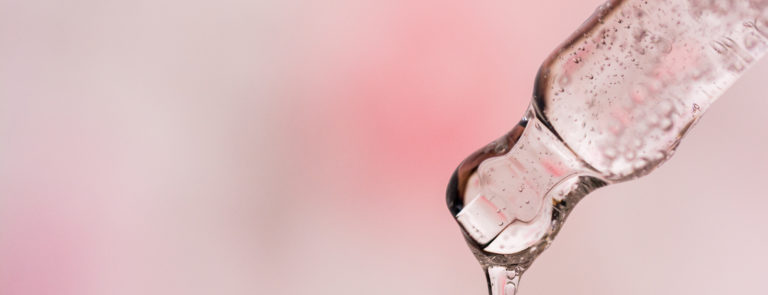



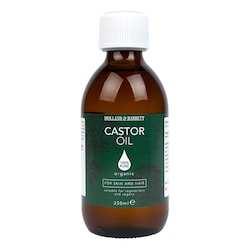
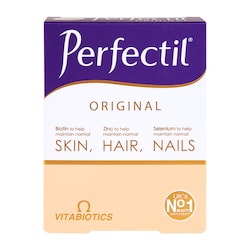
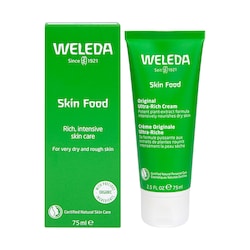
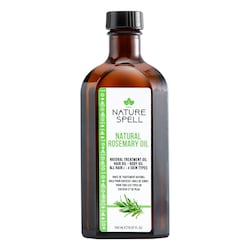
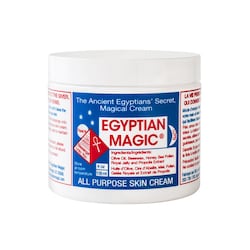

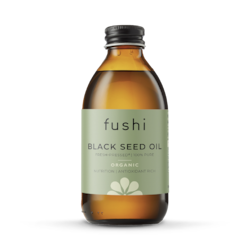
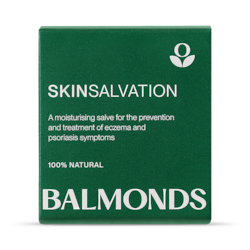
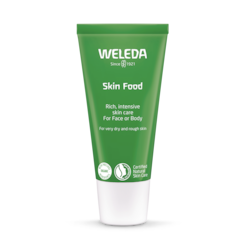
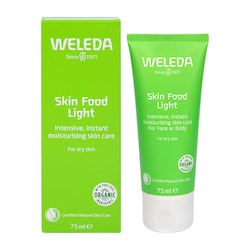
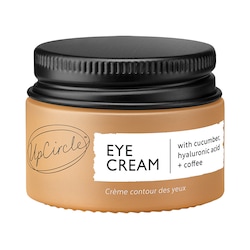
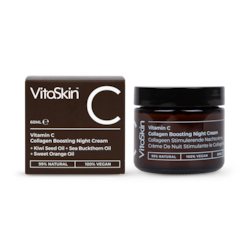
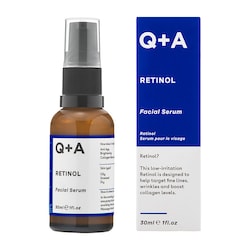

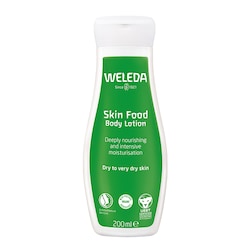
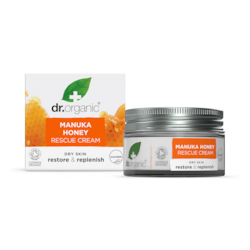
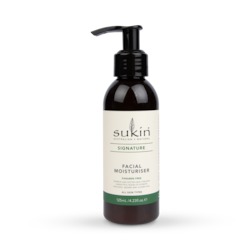

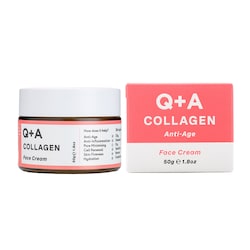

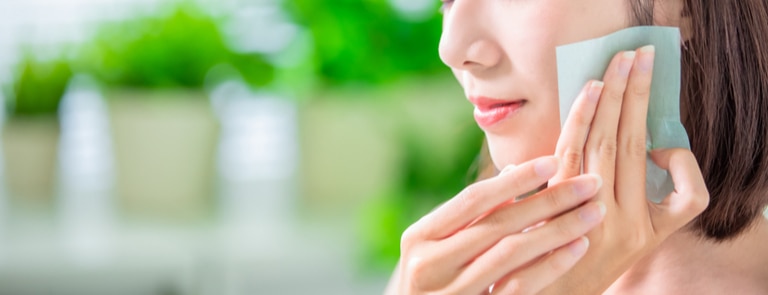
.png)










